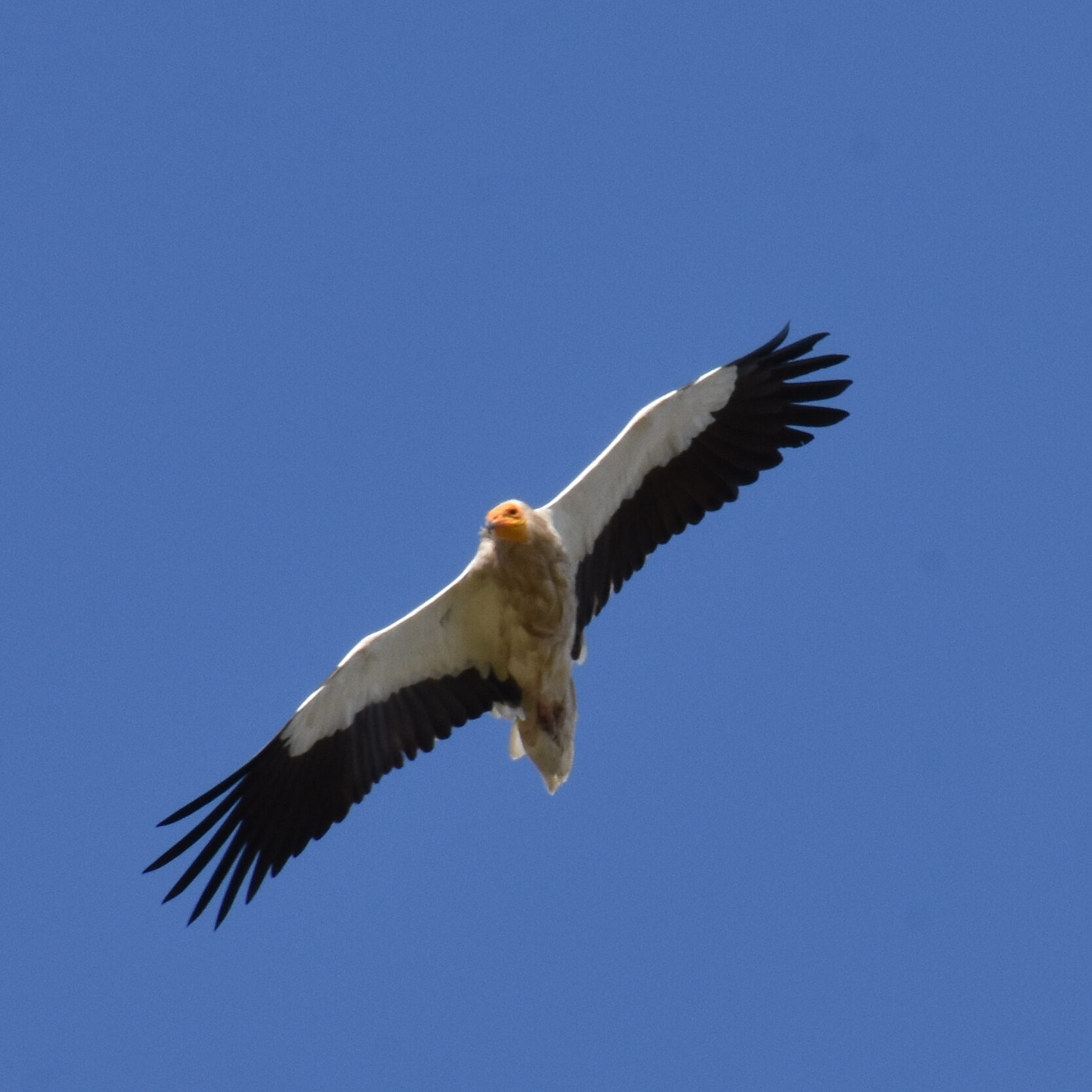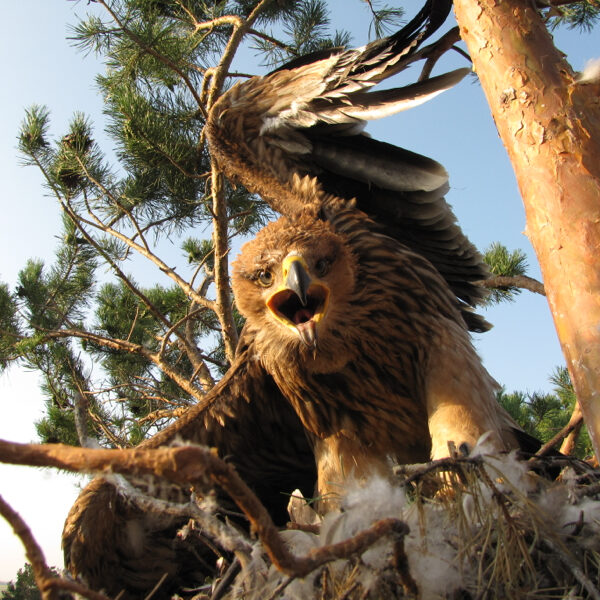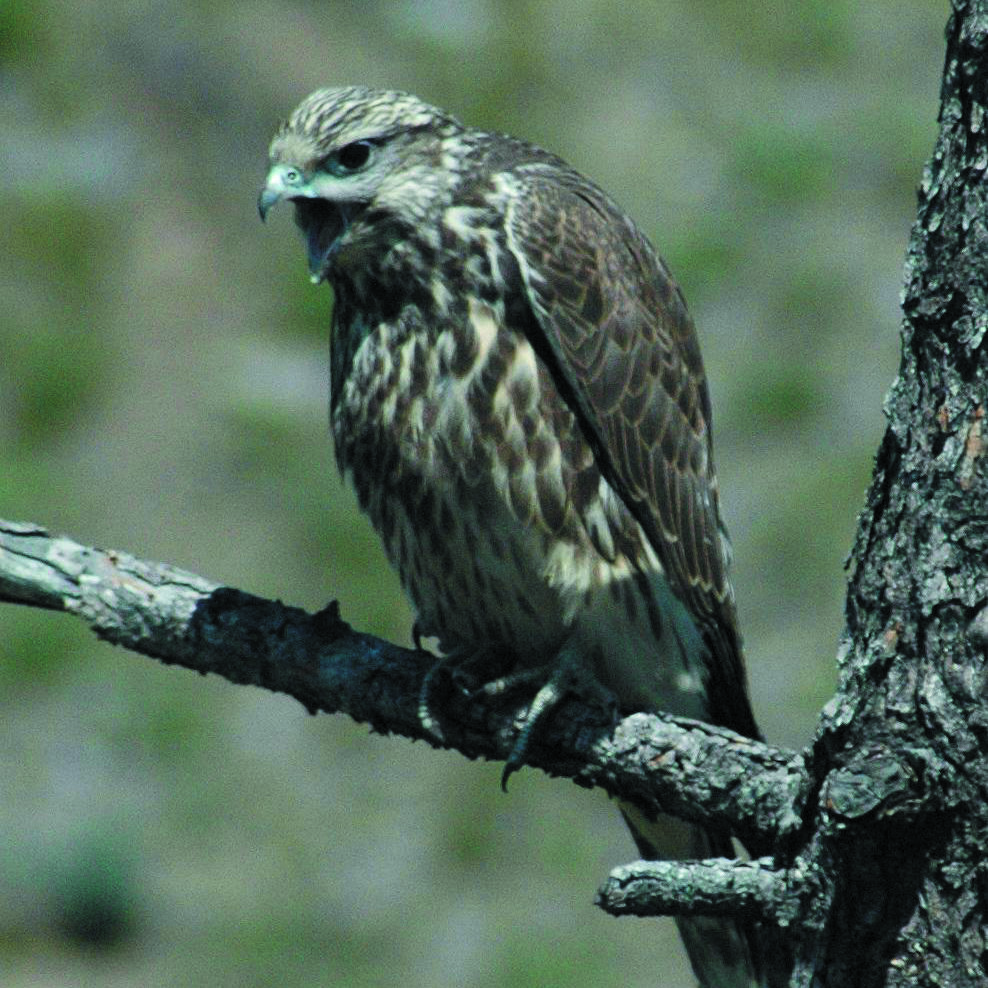Eastern Imperial Eagle
The Eastern Imperial Eagle (Aquila heliaca) is a large bird of prey that breeds in southeastern Europe and extensively through West and Central Asia, including Kazakhstan. In fact, Kazakhstan hosts half of this rare raptor’s breeding population. The global population is small and declining, an unfortunate trend that is likely to continue. Human encroachment on the scavenger’s habitat; namely, deforestation, hunting, spraying of pesticides, and fatal collisions with wind power turbines contribute to its dwindling population.
The global population of Imperial Eagles was estimated at 2,500–9,900 adults and 8,099-9,981 breeding pairs as of 2016, according to BirdLife International. More recently, 2020 estimates fell to 3,420-4,260 breeding pairs in Kazakhstan. Gaps in data, improperly collected or inaccurate data, and outdated data that do not reflect the current reality hamper scientists’ ability to arrive at accurate and detailed assessments (resulting in the wide variation cited here).
These raptors mate for life, breeding in the spring. The Eastern Imperial Eagle characteristically builds nests in treetops. Both parents are involved in preparing a place for their offspring, building the nests with twigs and lining it with grass, fur, hair, debris, and other materials. Once the nest is ready, the pair returns to it each year, making repairs when needed. Females usually lay two eggs, with chicks making their first flight attempts when they are about six weeks old.
Golden Eagle
- under development







